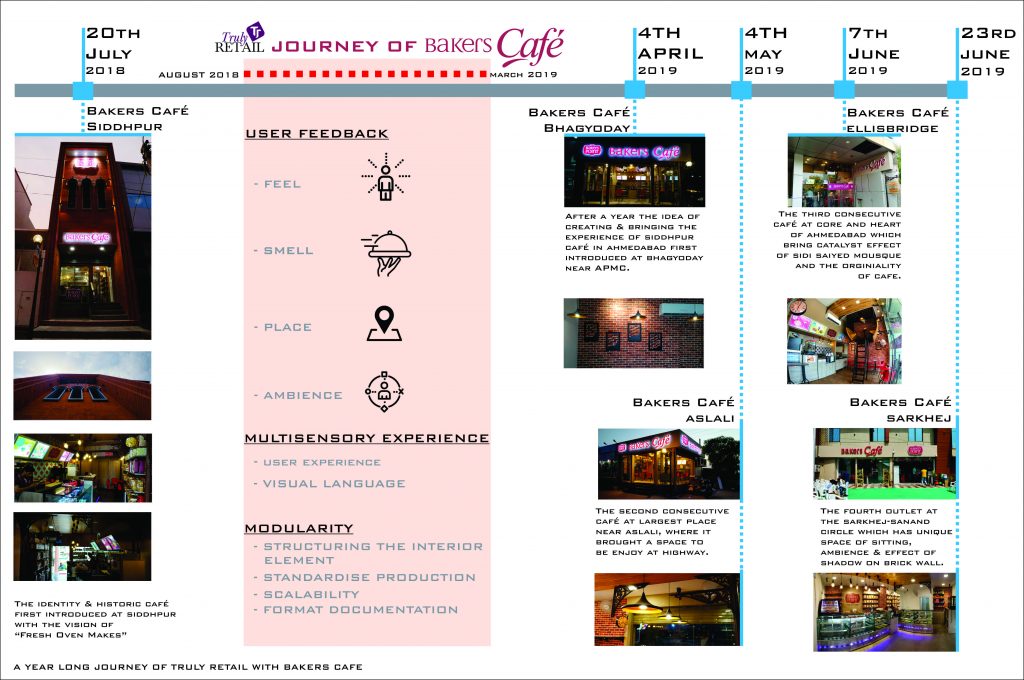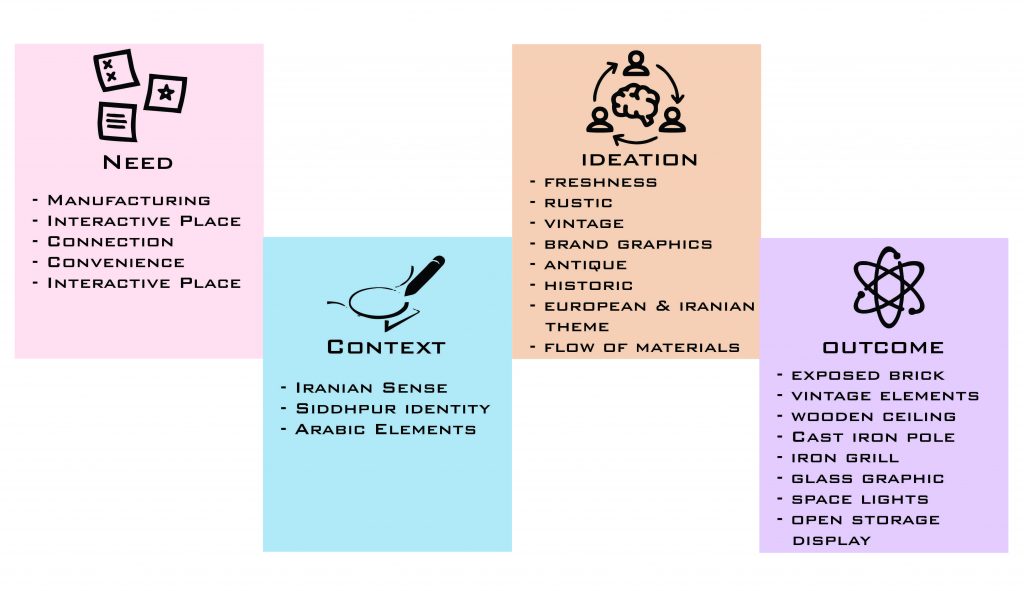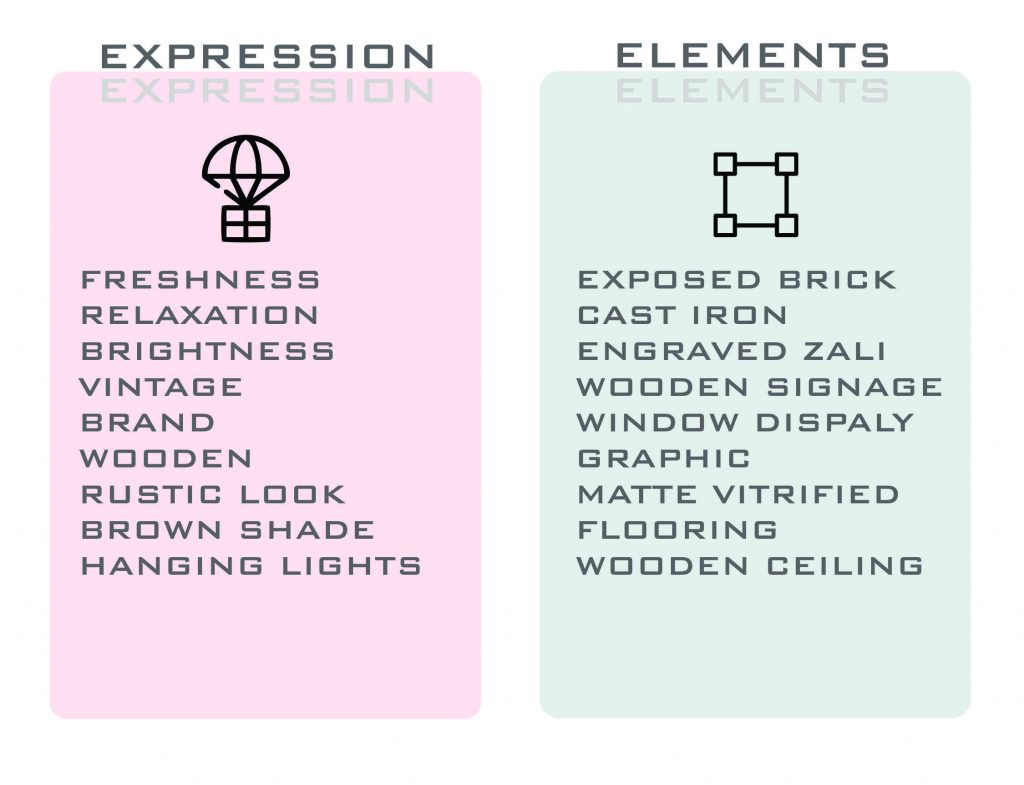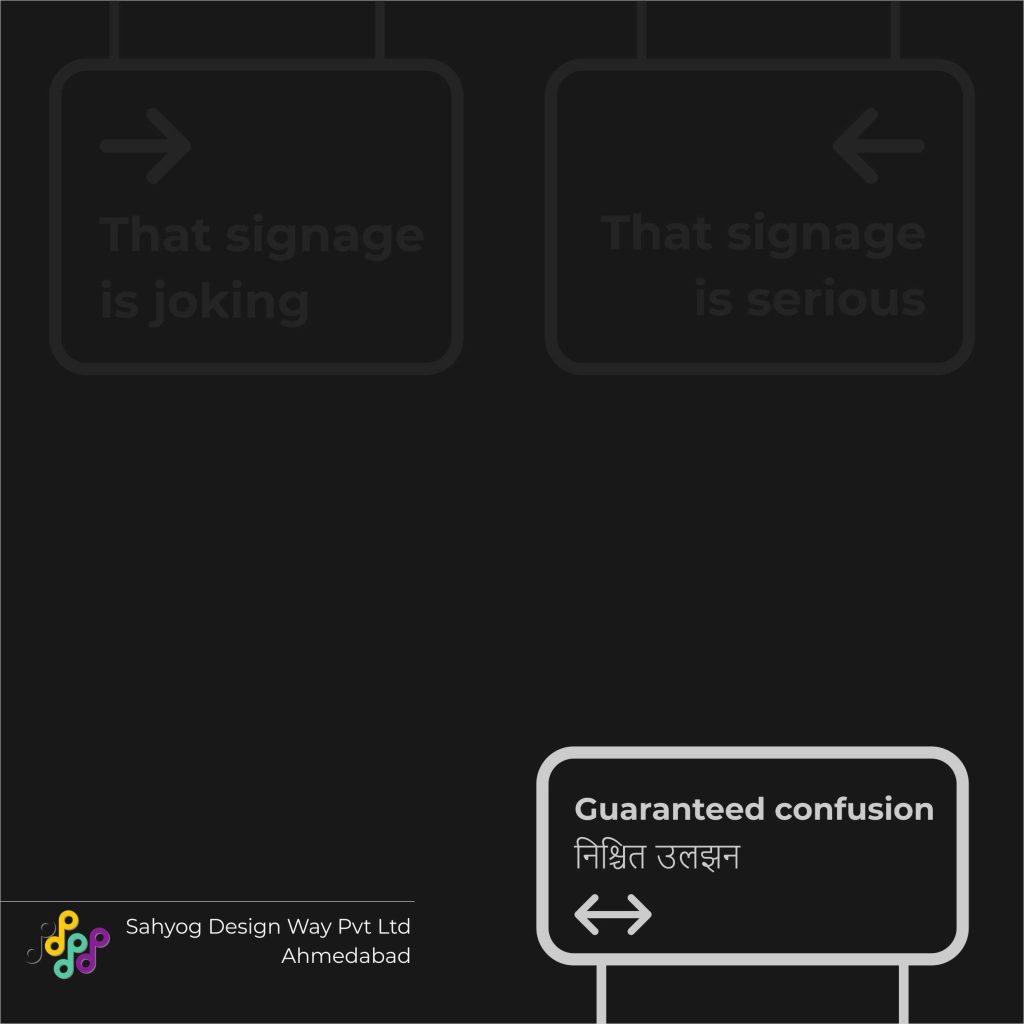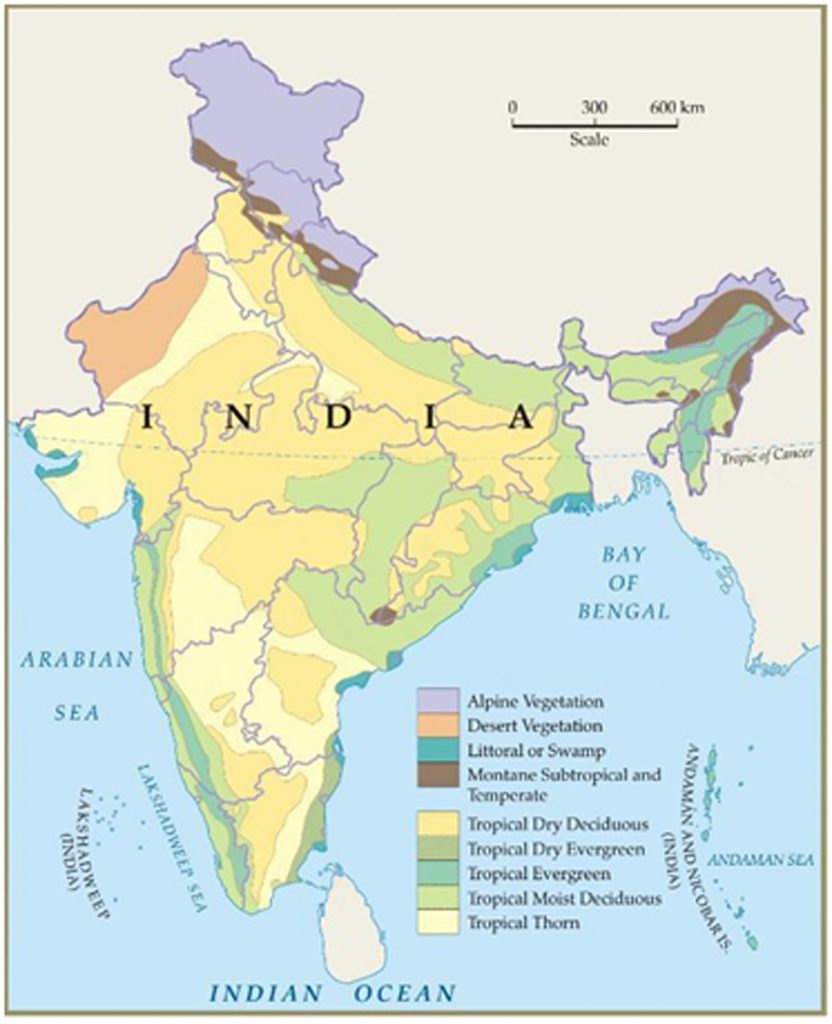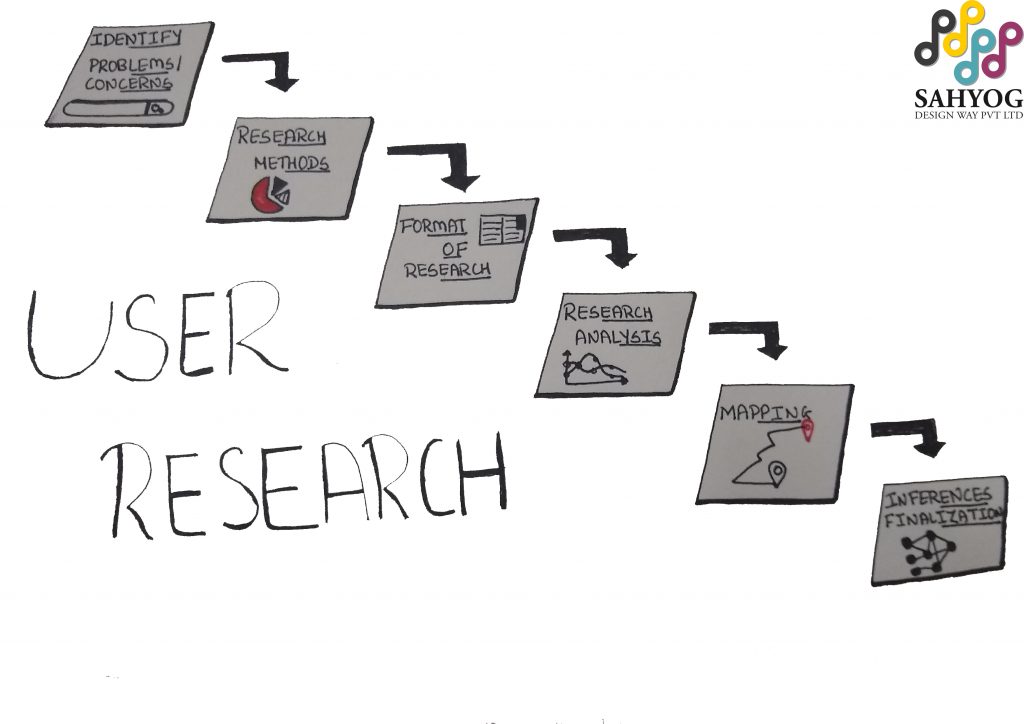By Shilpi Anand
“Energy is essential for development; yet two billion people currently go without, condemning them to remain in the poverty trap. We need to make clean energy supplies accessible and affordable. We need to increase the use of renewable energy sources and improve energy efficiency. And we must not flinch from addressing the issue of over consumption – the fact that people in the developed countries use far more energy per capita than those in the developing world”
(Kofi Annan, Secretary General, United Nations)
Introduction
The availability of energy resources is of paramount importance to society. The fundamental dilemma facing us is that energy is a vital ingredient for growth and sustainable development accumulating economy. The greatest challenge facing the energy sector today is how to meet rising demand for energy, while at the same time reducing our emissions of greenhouse gases making climate change an important concern. New and innovative ways of addressing these energy issues should be discovered. Given that the energy sector is critical to the functioning of most economies, is long term in nature and is very vulnerable to the negative impacts of climate change, this issue should be at the top of everyone’s agenda.
Multi-Energy Systems
For the next twenty years, we should continue to keep all energy options open and to develop all primary energy supplies. The very best options are wind, solar, geothermal, tidal and hydroelectric power, all of which are driven by wind, water or sunlight. Nuclear power, coal with carbon capture, and ethanol were all poorer options, as were based on oil and natural gas. Some studies found out that battery – electric vehicles and hydrogen fuel-cell vehicles recharged by wind, water and solar technologies are also capable of eliminating pollution from the transportation sector. A large scale wind, water and solar energy system can reliably supply the world’s needs significantly benefiting climate, air quality, water quality, and ecology and energy security. With sensible policies, nations could set a goal of generating 25 percent of their new energy supplies with resources in next 10 to 15 years and almost 100 percent of new supply in 20 to 30 years. With extremely aggressive policies, all existing fossil fuel capacity could theoretically be replaced in the same period, but with more modest and likely policies full replacement may take 40 to 50 years.
Wind, Water and Solar technologies can provide 100 percent of the world’s energy, eliminating all fossil fuels. Millions of wind turbines, water machines and solar installations can be done; it is feasible to transform the world’s energy systems.
Clean Technologies
Renewable energy comes from enticing sources: wind, which also produces waves; water which includes hydroelectric, tidal and geothermal energy and sun, which includes photovoltaic and solar power plants that focus sunlight to heat a fluid that drives a turbine to generate electricity. To ensure that the energy system remains clean, we consider only technologies that have near-zero emissions of greenhouse gases and air pollutants over their entire life cycle.
Keeping all energy options available will enable nations to tailor its approach to addressing energy needs and climate change in the most efficient way. Wind, Water and Solar technologies should be promoted among producers and consumers of energy through the establishment of appropriate fiscal and regulatory frameworks. However more ideas should be turn into action.
To conclude energy sector being vital should be of concern for each of us and for coming years we should be open to multi energy systems to see a sustainable future.
Reference: Jacobson Mark & Delucchi Mark,” A path to sustainable energy by 2030’’, Scientific American India, November 2009,Pg 38.
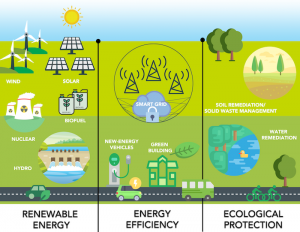
Reference: https://www.asiapacific.ca/blog/chinas-clean-tech-commitment Author: Yingqiu Kuang
 The first element is the identity of bakers café, created through the cast iron pole which gives a look of vintage. It also have wooden bakers café signage hunged with the pole.
The first element is the identity of bakers café, created through the cast iron pole which gives a look of vintage. It also have wooden bakers café signage hunged with the pole.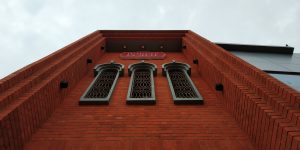
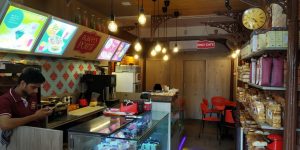 The vintage orange light creates an aura of café with the combination of the bakers café element.
The vintage orange light creates an aura of café with the combination of the bakers café element.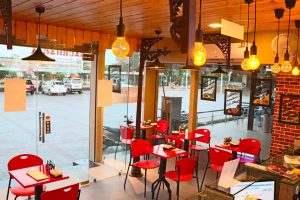 Sitting arrangement is always the space where interaction is there. To have an aura of light and perfect wall it gives space to enjoy the café food.
Sitting arrangement is always the space where interaction is there. To have an aura of light and perfect wall it gives space to enjoy the café food.
